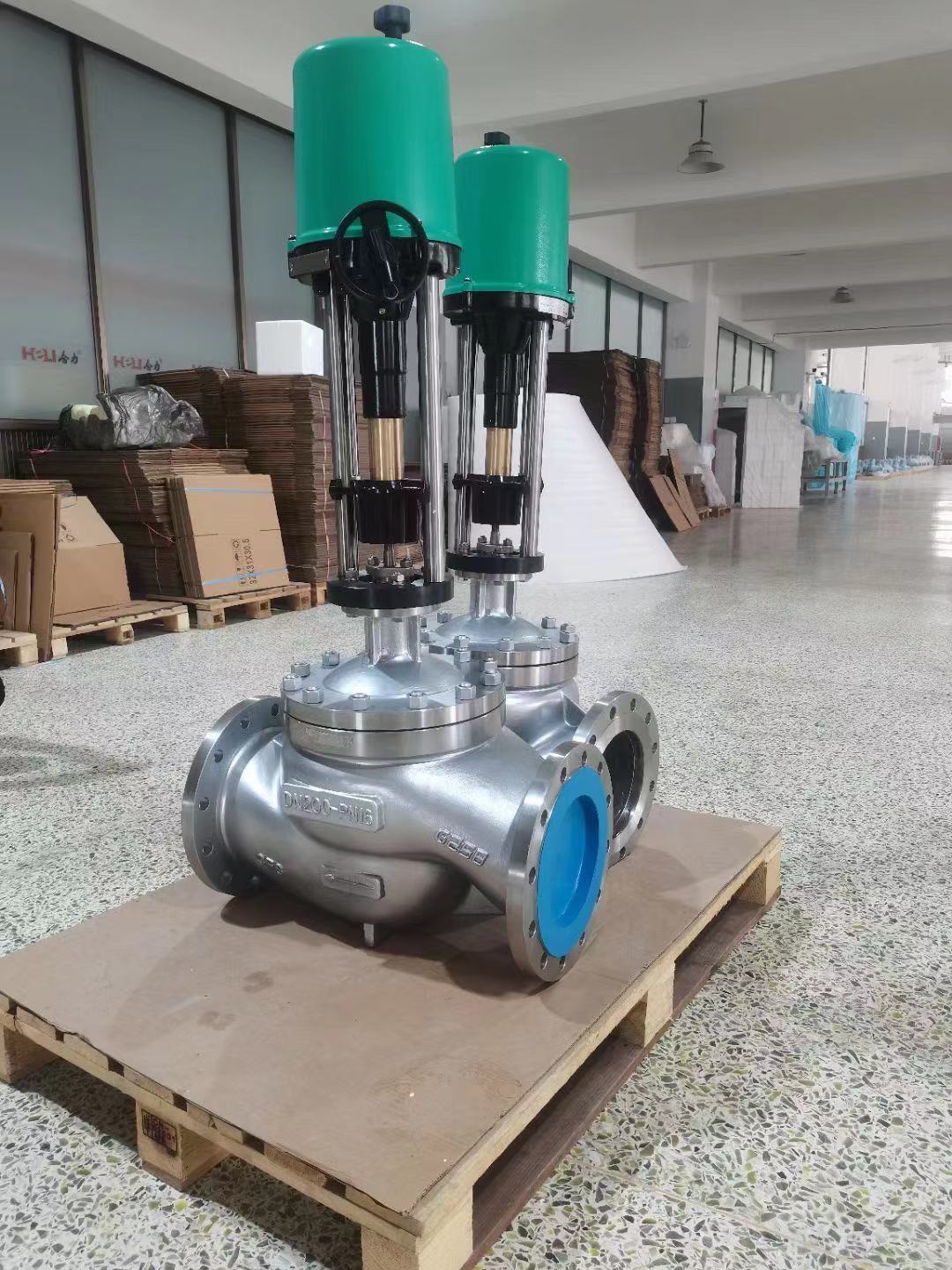exploring the lithium battery electric single seat regulating valve: a comprehensive overview
Release time:2025-02-16 07:30:58
In the rapidly evolving landscape of technology, lithium battery-powered devices have become integral to numerous applications, from consumer electronics to industrial machinery. Among these innovations, the lithium battery electric single seat regulating valve has emerged as a significant component, enhancing efficiency and control in various systems. This article delves into the intricacies of lithium battery electric single seat regulating valves, their functionalities, applications, and benefits.

Understanding the Basics
A regulating valve is designed to control the flow and pressure of fluids within a system. The single seat configuration denotes that the valve has a single orifice through which the fluid flows, allowing for precise control over the flow rate. The electric actuation powered by lithium batteries provides a reliable and efficient means of regulating fluid dynamics, making it particularly advantageous in settings where precision is paramount.
The Role of Lithium Batteries
Lithium batteries are known for their high energy density, lightweight nature, and long cycle life. These attributes make them ideal for applications requiring portable power solutions. In electric single seat regulating valves, lithium batteries offer a dependable power source, enabling the valve to operate efficiently without the need for complex wiring or external power sources. This portability is particularly beneficial in remote or hard-to-access locations where traditional power supply options may be limited.

